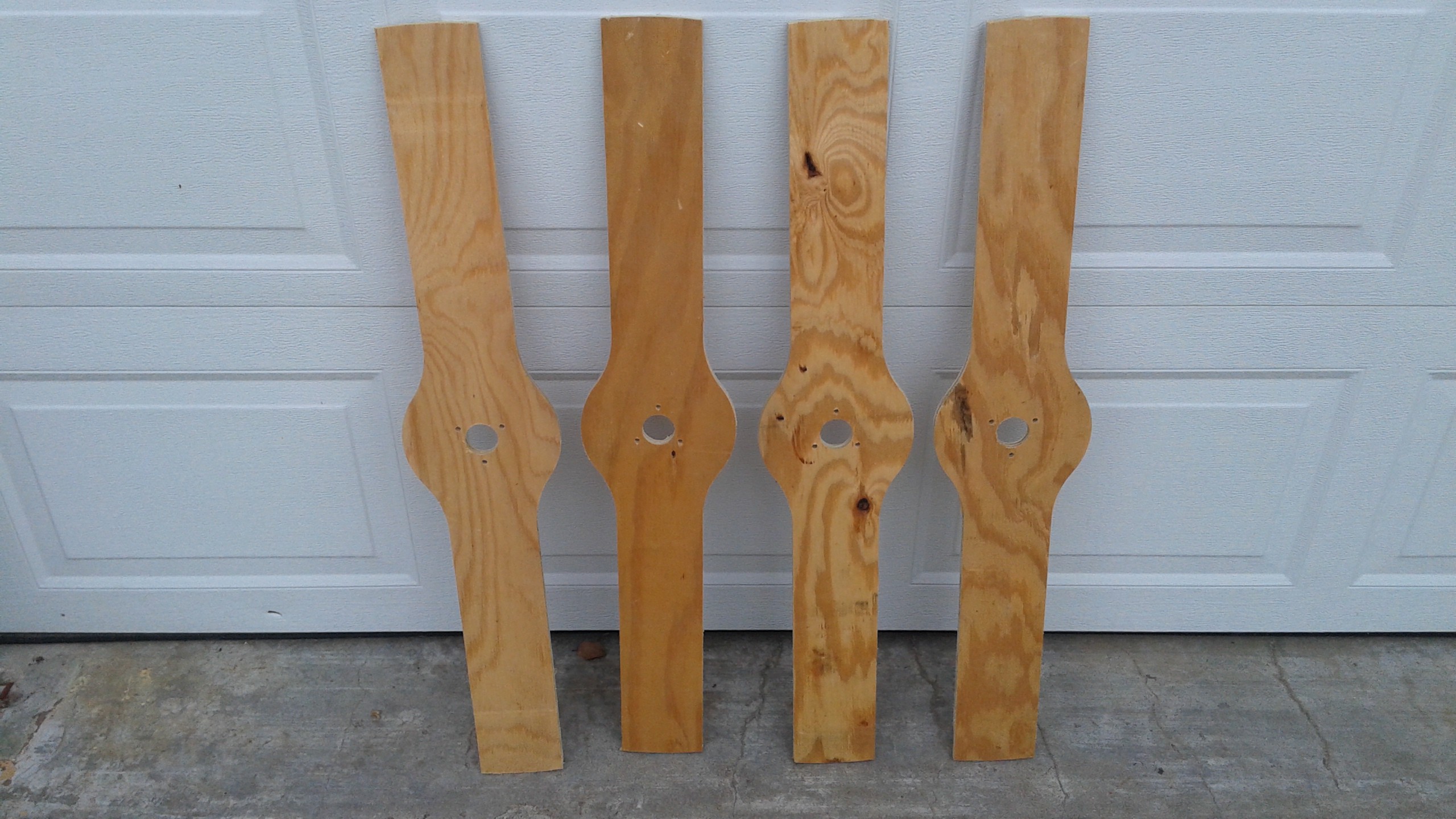I've been working on making changes to Goliath. As I discussed previously I had suspected the need for a one-way bearing to prevent slack from occurring during a shut down.
Helicopters use one-way clutches to allow for auto-rotation after an engine failure and one-way bearings are common in RC applications for cars and helicopters. The problem is that I haven't found a one-way clutch or bearing that will work well with Goliath. The simplest solution would be to swap out the QD Bushing on the main pulley with an idler QD bushing where the bearing is replaced with a one-way bearing.
The drive shaft for the gas engine has a 1 1/8" diameter shaft with a keyway. After doing a lot of research, it appears that one-way bearings only come in Imperial sizes up to 1". They are made in metric sizes, in 5 mm increments. There are one-way clutches that could be attached the drive shaft, but they start at $650 and they're aren't any HTD pulleys that will attach directly to the clutches.
There are electric clutches that are made for these size engines that would work, the problem would be then determining when the engine is shutting down and disengaging the clutch. Could be an option.
However after taking a look at the video again and the belt diagram, the portion of the belt that developed slack, would have been in tension during shutdown. This likely means that the belt failure just happened to occur around the time I shut down and that the cause was failure to maintain tension during normal operation.
Smerfi, pointed me to a document that addresses belt tension. I'd read it before when researching HTD belts about a year ago, but had forgotten some of the information. One of the important parts is that the belts stretch during initial use. This could have been the initial issue.
With that in mind, I've been working on making some changes to Goliath. The first is to change the belt tensioners. The two belts both attach to one of the tensioners, due to the nature of the belts, this means that if one gets tighter the other gets looser. I'm changing it so that they don't share any pulleys other than the main drive pulley. I'll also add springs to the tensioners to automatically adjust the tension.
I'm also stiffening up the structure vertically. I've replace some of the bolts with all-thread rods that go from top to bottom. This will eliminate some of the flexing that occurred during the testing.

When the changes are completed, the first test will be with some test propellers. This was a suggestion by a coworker. They are simply 1/2" plywood cutouts that will give the engine some load and can easily be replaced. Once the belt system has been tested up to speed then I'll switch back to the propellers.

Meanwhile, the replacement propellers are both cured and I'm back to the tedious process of sanding them. I've also been updated the description section for Goliath including an overview diagram and some more details on the electrical system. Things have slowed down a bit though since I had to go out of town for work and now I've gotten sick. But once the belt system changes have been made things should hopefully progress smoothly from there.
 Peter McCloud
Peter McCloud
Discussions
Become a Hackaday.io Member
Create an account to leave a comment. Already have an account? Log In.
The frame really should be built out of welded chrome moly steel tubing. It would be much stronger and lighter than all those angle pieces and bolts. I suggest looking at the eaa.org website for some ideas.
Are you sure? yes | no
Are you sure? yes | no
Are you sure? yes | no
Are you sure? yes | no
Are you sure? yes | no
Are you sure? yes | no
Maybe instead of belts switch to chains for added death machine bonus points.
Are you sure? yes | no
Are you sure? yes | no